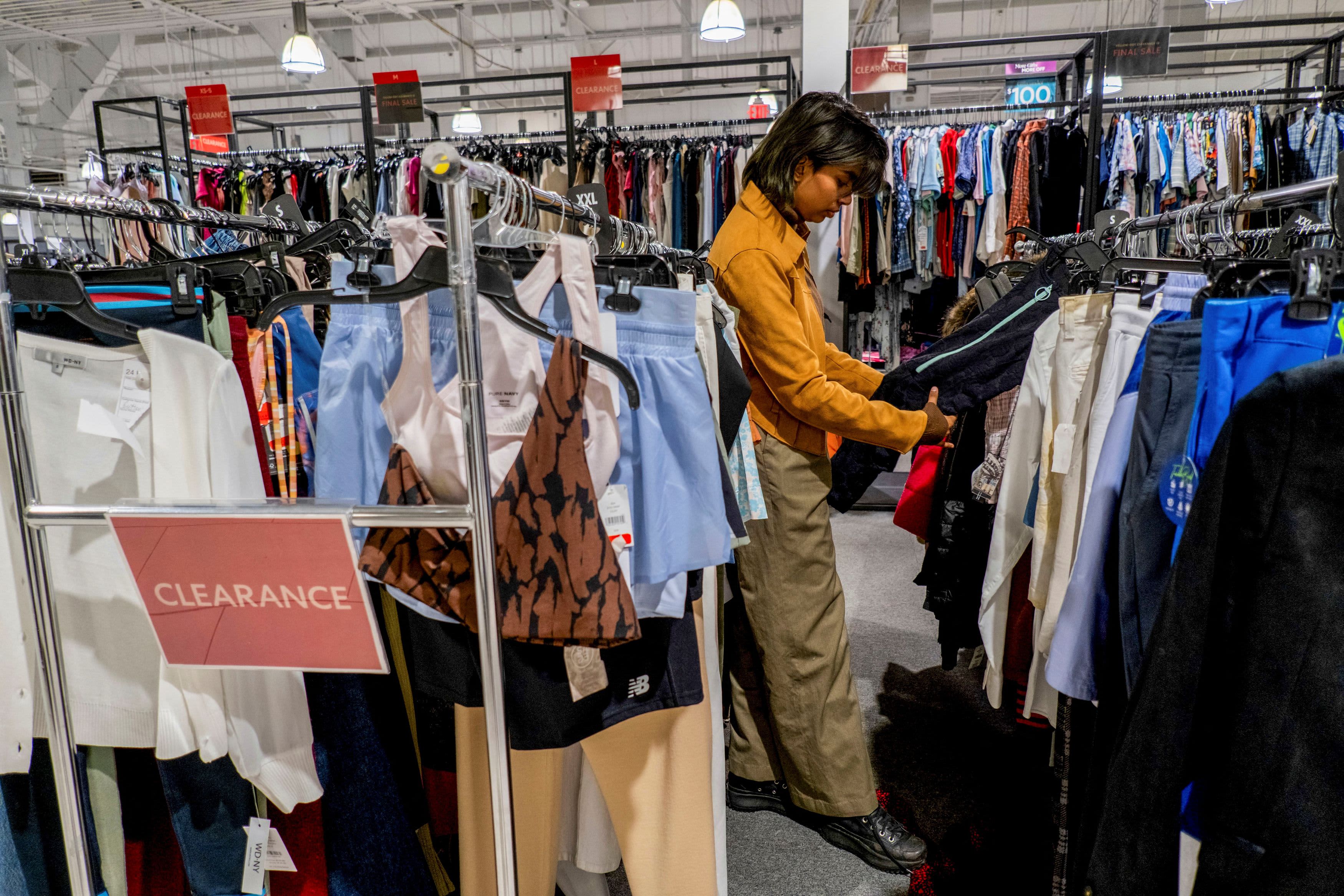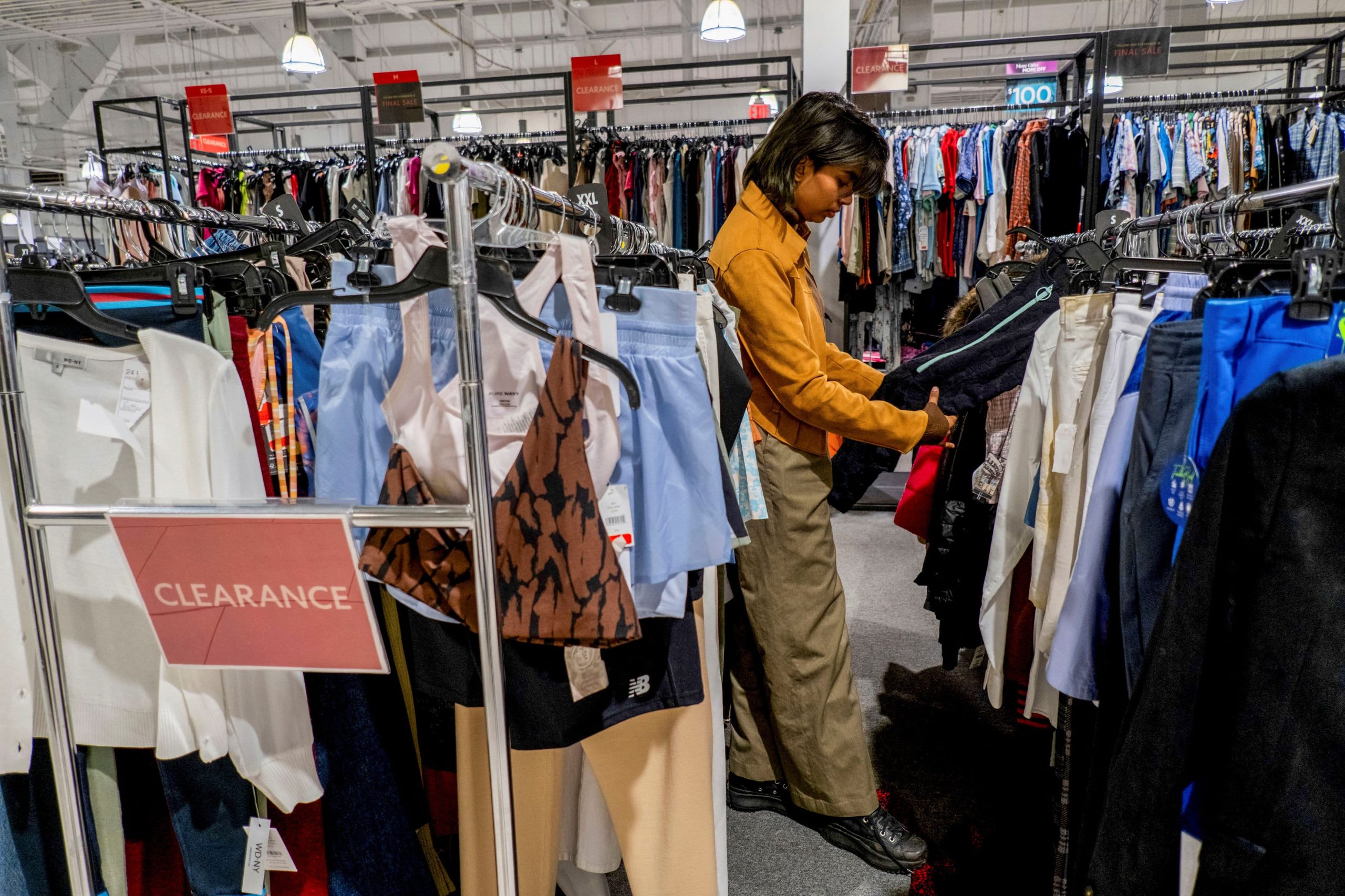
Yo, let’s talk about the grand economic soap bubble known as the tariff war launched by former President Trump, which has been simmering and rattling the shelves of American retailers for a hot minute. Slapping tariffs on a wide range of imported goods was supposed to prop up domestic industries and shrink the trade deficit, but here’s the kicker: instead of a neat little fix, it’s more like throwing a molotov cocktail into global supply chains. The fallout? Prices on everyday stuff from groceries to gadgets are climbing, squeezing wallets and rattling consumers across the country.
Tariffs: The Sledgehammer on Supply Chains and Retail Prices
The tariffs act like an unwelcome tax on imports, inflating costs for companies that depend on the global marketplace. Take Walmart, the behemoth retailer that’s been downright candid about the “too high” tariffs pinching their margins. Their CEO laid it out plain — merchandise sourced worldwide now comes with a fat price tag, forcing price hikes on everything from groceries to school supplies and toys. It’s not just Walmart feeling the burn. Industry giants in electronics like Best Buy, and automakers such as Ford and Subaru, are either hiking prices or signaling that it’s coming down the pipeline.
But hey, it doesn’t stop there. The price clash reverberates through a slew of brands: Mattel’s toys, Macy’s fashion, Shein’s fast fashion craze, and even Nike’s athletic gear. Sure, Nike didn’t officially finger tariffs as the culprit for their price bumps, but timing isn’t coincidental — it’s part of a broader trend triggered by tariff-fueled cost spikes. Even household staples from Procter & Gamble, known for your go-to paper towels and detergent, are gearing up to pass these burdens on to shoppers.
Consumer Wallets Taking the Punch
Here comes the part where those inflated prices hit real folks right where it hurts: their budgets. The National Retail Federation forecasts a massive dent in American consumer spending power, potentially losing billions as shoppers grapple with pricier everyday goods. And it’s not just guesswork — surveys from insurers like Allianz confirm that over half of U.S. companies anticipate hiking prices to tackle tariff-driven costs.
The spectrum of affected goods is broad—everything from toys and electronics to clothing and cars is becoming more expensive, just as families are already juggling rising living costs. In a way, these tariffs are a stealthy tax on average households, projected to add nearly $1,200 a year per household by 2025. That hits low- and middle-income families hardest since they spend a bigger chunk of their income on the very items subject to these tariff markups.
Political Skirmishes and Corporate Realities
The political theater around tariffs has been a spectacle in itself. Trump publicly called out giants like Walmart and Mattel for raising alarms over price increases, telling them to “eat the tariffs” instead of passing costs onto consumers. That confrontation highlighted the tension between protectionist policies and the practicalities of running globally integrated businesses.
Economists generally agree that companies face a no-win scenario — absorbing tariffs chops margins to the bone, leaving passing costs to consumers as the only viable move. Retailers like Target and Costco haven’t just thrown up their hands, though; they’re pushing back behind the scenes, negotiating with suppliers to dampen price hikes across items like cake pans and tote bags. Yet, despite these efforts, the relentless upward pressure on prices shows no signs of easing as tariffs stay put.
So, peeling back the layers reveals an uncomfortable truth: the tariff war, intended as a defensive strike for domestic industry, ends up acting like an inflation bomb detonating in American households’ wallets. It’s a complex tangle of international trade, supply chain dependencies, and political posturing with the everyday consumer caught in the blast radius.
In the end, the tariffs have reshaped the American retail landscape, turning global trade frictions into a direct hit on prices and purchasing power. While the policy’s actual goal was to strengthen U.S. manufacturing, the immediate fallout is inflation on the shelves—disappointing consumers and frustrating industries alike. As these economic grenades continue to fester, keeping a sharp eye on their real costs and ripple effects will be key for everyone trying to navigate this tariff-laden terrain. Bam. Another bubble popped—or maybe just a price tag exploded.







